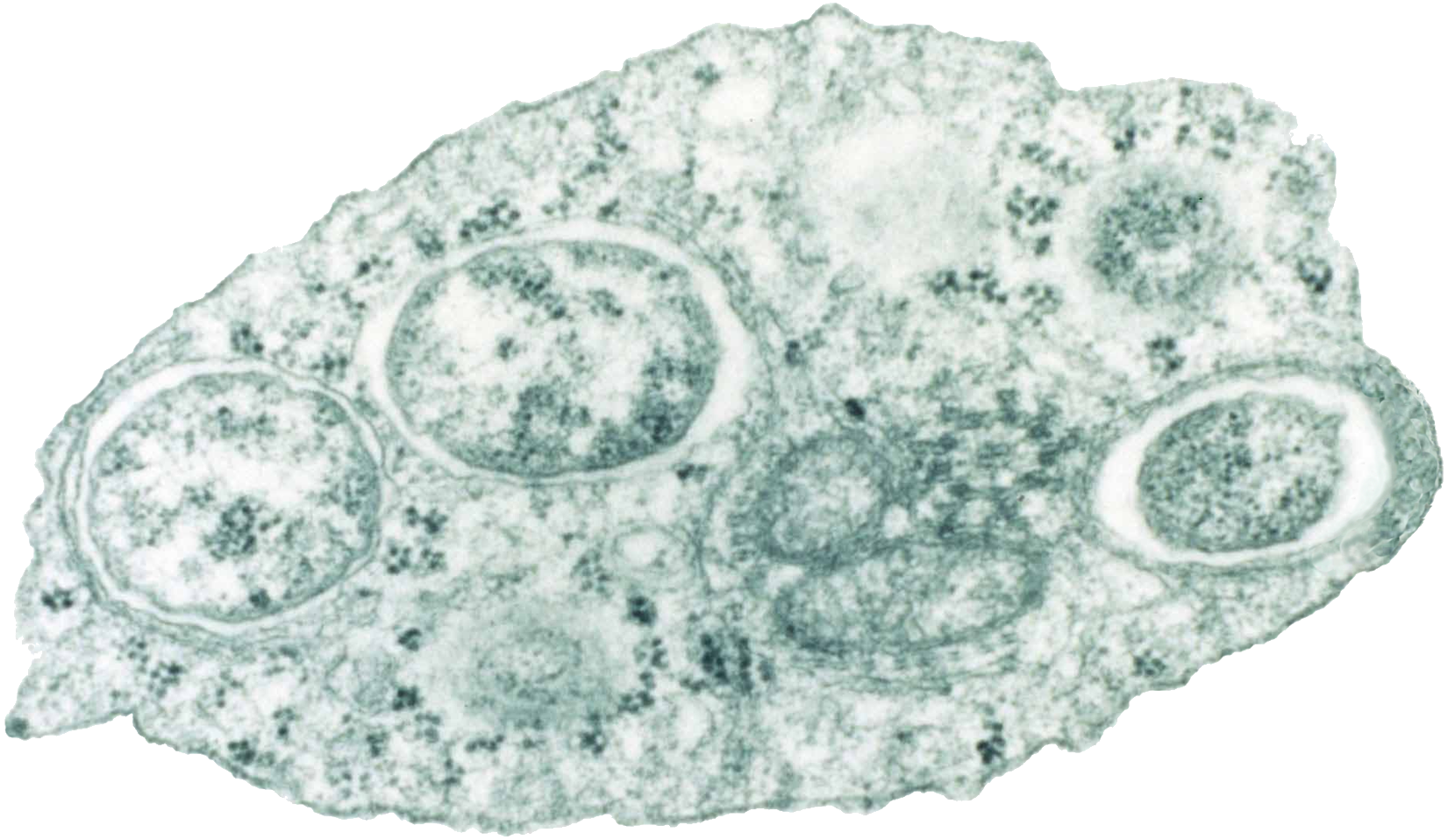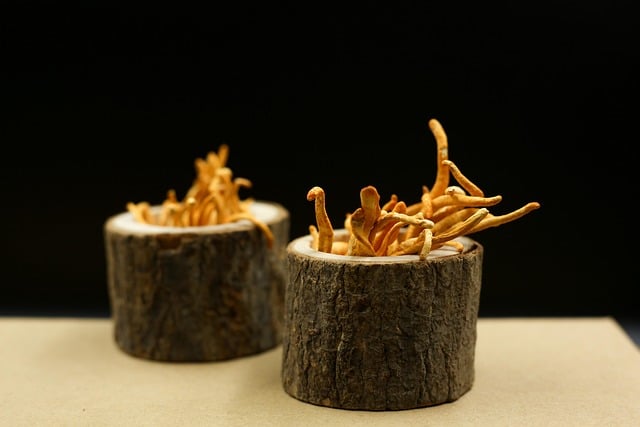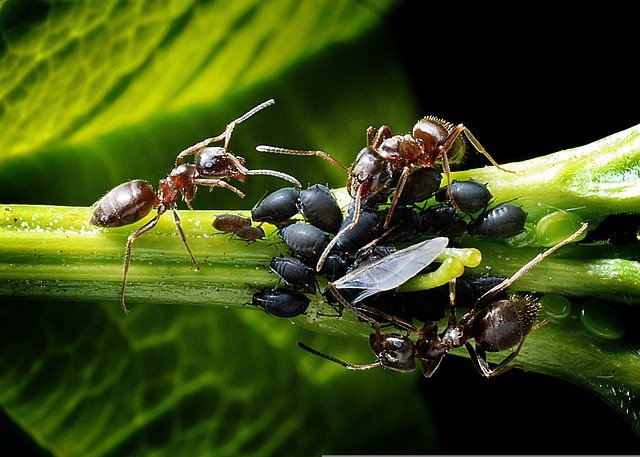The human brain has been called the most complex structure in the universe. It may sound hyperbolic, but from a scientific standpoint, it’s very true. We have yet to discover anything that rivals it. Given that, it’s also kind of scary how much we don’t know about it and how fragile it is.
At any given moment you could eat a piece of undercooked meat, you could go swimming in a polluted pond, you could crouch down in the back room and clean out your cat’s litter box and get exposed to some kind of parasite or bacteria or fungus that enters your bloodstream and works its way into your brain and takes root.
Human behavior, and the behavior of many other complex organisms, can be remarkably easy to manipulate if something gets into our brains and starts pushing buttons, so to speak.
There’s a kind of brain-eating amoeba that affects up to 381 people per year worldwide, though accurate numbers are hard to come by. As the name suggests, this little organism gets into your brain and devours it. It is always fatal.
Over 100,000 people get tuberculous meningitis every year, caused by bacteria making their way to your brain.
An estimated 1/3 of the entire world population is infected with toxoplasmosis, caused by a parasite carried by cats and contracted through cleaning litter, most often.
There are plenty of things out in the world that can make their way inside a host’s body and change or damage it in one way or another. Some of them will show no symptoms at all. Some of them will make a host sick. And a few can drastically alter the way you, or other organisms, think and behave.
Wolbachia the Gender Manipulator

Wolbachia bacteria infect insect hosts and have an incredibly unexpected effect on their hosts. The bacteria can manipulate the reproductive system of the insect it has infected. In doing so, it can alter the gender ratios of the offspring. In some cases, as with the Ostrinia scapulalis moth, the bacteria kill off male embryos by overriding the chromosomes to produce females.
The bacteria only transfer from host to host through eggs. A female insect has to lay an egg, and the bacteria will be inside that egg. It does not transfer through sperm, so it needs more females to exist for it to proliferate. It’s in the bacteria’s best interest to eliminate as many males as possible to ensure it has a greater chance of spreading. The fact that bacteria can do this is both fascinating and terrifying.
Additionally, with fewer males, it means there is less competition for resources. The females, hosting Wolbachia, will have greater chances for survival. The bacteria are manipulating the most ideal situation for its own survival. Over half of all arthropod species are infected with the bacteria, which makes for a lot of manipulation.
Cordyceps Makes Zombies

Probably the most famous behavior-altering organism out there is the cordyceps fungus. Thanks to the show and the game The Last of Us, the idea that these fungal zombies exist is pretty well known. In the show, cordyceps infects humans and turns them into not-so-stereotypical zombies with a much more unique appearance. In real life, cordyceps can do this to other organisms, but nothing so complex is a human.
The thing about cordyceps is that there are numerous kinds of it, and each one has a specific host. So there are some cordyceps that infect ants, some go for spiders, some go for moths. They will never infect other organisms. The ant cordyceps only infects ants. The spider cordyceps only infects spiders.
When an ant is infected with the cordyceps fungus, the fungus grows inside the ant’s body until it is big enough to break through the exoskeleton. It will shoot little branches out all across the ant’s body, but it avoids vital organs, so the ant will stay alive.
As enzymes begin to digest the tissue of the ant to keep the fungus alive, the filaments weave their way through the muscles of the host so that it has no real choice in how it moves. The fungus controls it now as though it were a puppet. If you’ve seen pictures, you know that they can look like pincushions by the time they die, with numerous spikes sticking out of them.
The fungus infects the brain of the ant and convinces it to leave the safety and comfort of its home and head to an optimal location for the fungus to release spores and breed. The ant will latch onto a leaf at the right height above the ground and just wait there for death. The fungus continues to grow, releases spores, infects new ants, and the process continues.
Research has shown that, by the time the ant goes to the place it will die, where it can latch onto a leaf and let the fungus work its way out of its body, more than half of the brain in its head is no longer its own. The fungus has taken over. It alters levels of serotonin, which disrupts its foraging ability, dopamine, and various neurotransmitters. These interfere with the chemical signals that ants use to communicate. They alter the ant’s sense of time to make it leave the nest at irregular hours.
Neurotransmitters that cause hallucinations, spasms, and enzymes that increase overall activity are also present. By the time the ant leaves home, climbs a tree, and locks onto a leaf, the fungus triggers genes that destroy the ant’s jaw, making it so that it can never open its mouth again. It’s locked in place, and the fungus suppresses the ant’s immune response so it can finish growing out of its body and spreading spores, taking over nearly all the ant’s cells and replacing them with fungus.
The same thing will happen to spiders, dragonflies, or moths that have been infected. When their bodies have been all but hollowed out of everything but the fungus, it will force them to climb up a tree to the most optimal point for spores to be released and cover the widest area.
You can rest easy knowing that none of this affects humans, and as far as we can tell, it won’t. Human body temperature is too high for the cordyceps fungus to survive. Additionally, our bodies and brains are just too complex. As terrifying as the fungus is, it’s still just a fungus. It’s not a miracle worker, and it can only do what it does with much simpler life forms.
Lancet Liver Flukes Also Zombify Ants

Can’t get enough zombie ants? The lancet liver fluke is here to help. Ants will eat the tiny fluke worms and one will make its way to the ant’s brain while the rest hide out in its stomach. Once in its brain, the fluke can manipulate the ant’s behavior. Like with cordyceps, the ant is compelled to climb. This time, it will climb a blade of grass to the top and latch on with its jaw. Then it waits.
Eventually, an animal like a cow comes along, grazes on the grass, and eats the ant. The flukes are now happily in a new host and head to the liver. This is not home sweet home, however. The flukes lay eggs, and the host animal will excrete these eggs in feces. Back on the ground, snails will eat the egg-infected poop and here, at long last, the fluke has found its home.
It is in the snails that the flukes are born, and it sounds incredibly gross. Hundreds, if not thousands, will grow inside snails, and the hosts will have to barf them into the world in a mucousy ball which then attracts the ants, and the cycle starts again.
Horsehair Worms Cause Suicide

You may have seen a video online of a horsehair worm parasite infecting something like a praying mantis. For a while, they went viral every few months. The videos are definitely unpleasant, and if you’re not into gross parasite stuff, you probably don’t want to watch one. Usually, they feature an impossibly long worm that looks like a strand of exceptionally long horse hair, hence the name, coming out of a grasshopper or some other insect. The size of them relative to their host can be staggering.
In order to complete their life cycle, the parasites need to be in water. Crickets and praying mantises do not live in the water. So, once the parasites reach maturity after feeding off the nutrients inside their host, they will control their host and force it to commit suicide by drowning. Then, in the water, the horsehair parasite will tear its way out of the body of the insect host through the back door. These things can grow to be a foot long, too. You’ll notice crickets are not a foot long.
It could be a cluster of several hundred worms that comes out, all bundled in a knot, and the shredded body of the insect might not even be dead yet. Then, the parasite’s eggs will sink into the water to be eaten by insect larvae. The insects leave the water and get eaten by praying mantises or crickets, and the whole thing starts all over again.
Toxoplasmosis Removes Fear

As we said earlier, about 1/3 of the entire world population is infected with toxoplasmosis. That’s billions of people. And when you learn what this parasite does, or what it could do, that’s a little more disturbing.
When the parasite enters a rat or mouse, it goes to their brain and makes it lose the fear of cats. It affects the sexual attraction part of the rodent’s brain, such that it may even be attracted to the scent of cats. In so many words, the parasite is controlling the rodent’s mind. Why? The parasite can only sexually reproduce inside of cats.
Fearless, the little critter will get killed by cats so the parasite can infect them. Now that it’s inside a cat’s stomach, the parasite will reproduce and have little parasite babies in your precious kitty’s guts. From there, the parasite lays eggs, and those are excreted when your cat poops.
Humans can contract the eggs either by cleaning the kitty litter or touching soil that’s infected. It gets into meat sometimes as well. Inevitably, you end up ingesting it, and then the eggs hatch in your stomach. The parasitic larvae will work their way through your intestinal walls into your bloodstream, where they tend to head to your eyes and your brain. If you have a healthy immune system, these shouldn’t cause a problem, or that’s the conventional wisdom.
For a long time, it was thought that the parasites would just lie dormant and cause no side effects except in extreme circumstances or if you had a compromised immune system. In severe cases, it is also been associated with things like schizophrenia, suicides, and rage disorders, but there is not enough direct evidence to establish causation. It’s also a risk if you are pregnant, in which case the parasites could cause damage to the fetus, which is why pregnant people aren’t supposed to change kitty litter.
More recent research is suggesting that the parasites cause behavioral effects in humans, too. Just like mice, you may be prone to more risky behavior when you’re infected with toxoplasmosis.
Myrmeconema Neotropicum Parasites Change Their Host’s Appearance

This roundworm affects ants in Central American rainforests. Researchers noted some ants, normally black, had massive, red abdomens. The ants were slow and would raise their abdomens into the air. They were about the same size and shape as many berries that grow on plants in the canopy, so the researchers were curious about what was happening.
Upon dissection, hundreds of roundworm eggs were found in the ants. A theory was proposed that the parasite had found a way to change the ant’s morphology to make it resemble the local berries, and thus birds would fly down, eat the ant, and spread the parasite eggs across the rainforest to infect other ants.
The exact mechanism for how the ant changes is not known. The parasite could interrupt melanin production or just introduce a new red pigment or both. Additionally, the cuticle of the ant, which is a protein and lipid-rich exoskeleton that acts like armor, was nearly 25% thinner in infected ants. The parasites were feeding on it while changing its appearance.